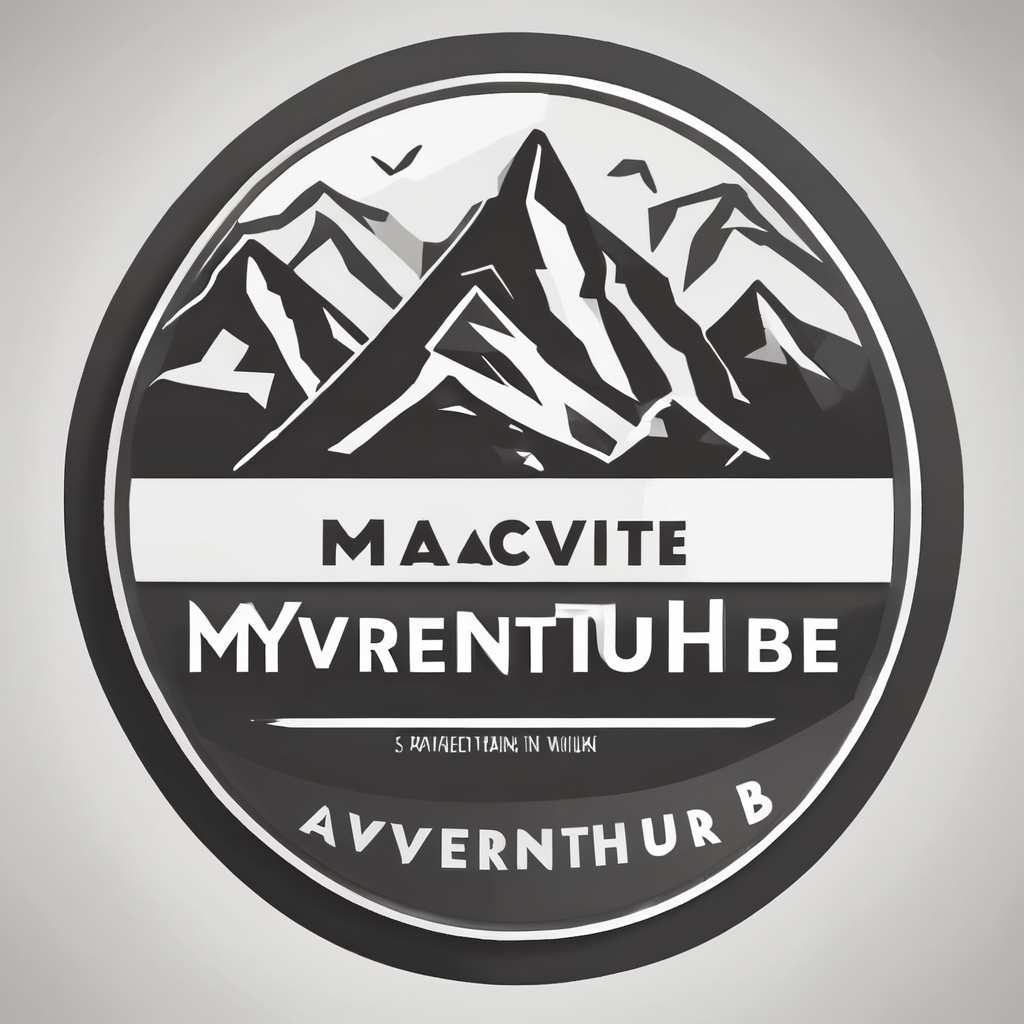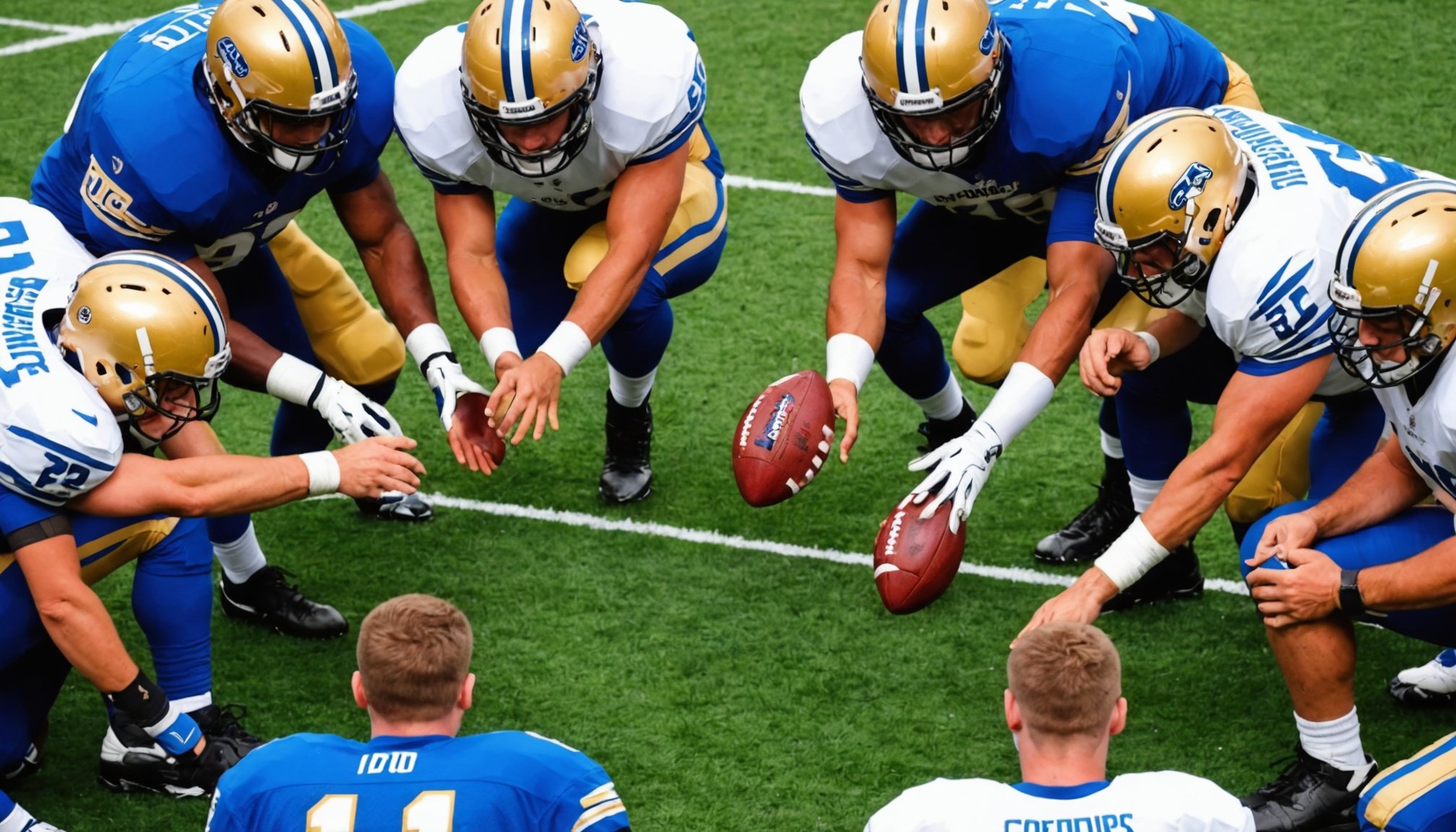Unlocking On-Field Synergy: Innovative Off-Field Team Bonding Activities for Football Success
When it comes to achieving success in football, the focus often lies on the technical and tactical aspects of the game. However, the glue that holds a team together and drives them towards peak performance is often the bond and chemistry among the team members. Here, we delve into the world of off-field team bonding activities that can significantly enhance on-field synergy and overall team performance.
The Importance of Team Chemistry
Team chemistry is more than just a buzzword; it is the foundation upon which successful teams are built. It encompasses the relationships, communication, and mutual respect among team members. As Júlio Garganta, a renowned expert in football strategy, emphasizes, “The accent has been put on the knowledge of the game and the formation of players and teams. This movement, this vision of formation and football, is not situated in a physical place. It is in the people, in the exchanges of experiences, the meetings, etc.”[2].
This might interest you : Boosting Team Spirit: Effective Strategies for Football Managers to Lift Morale During Tough Times
Building Activities to Enhance Team Dynamics
Building a cohesive team requires more than just practice sessions and match analysis. Here are some innovative off-field activities that can foster teamwork, communication, and collaboration.
Team Building Events
Organizing team building events is a proven way to enhance team dynamics. Here are a few ideas:
-
Sportive Camps for Young Players: Hosting a sports camp for young players can be a great way to build bonds between the younger and older team members. These camps can be week-long or weekend workshops where young athletes can learn new techniques and gain invaluable experience under the guidance of the team’s coaches and players[1].
-
Charity Sports Events: Organizing charity sports events, such as marathons or tournaments, can bring the team together around a common cause. These events not only promote a sense of community but also encourage teamwork and mutual support[3].
-
Obstacle Courses and Challenges: Setting up obstacle courses or challenges that require teamwork to overcome can be highly effective. These activities promote problem-solving, trust, and open communication among team members. For example, a “coaches’ challenge” where coaches participate in humorous and stimulating tasks can create a fun and competitive atmosphere[1].
Social Activities
Social activities outside of the training ground can significantly strengthen team bonds.
-
Team Dinners and Social Gatherings: Hosting team dinners or social gatherings at the beginning of the season can help team members get to know each other on a personal level. These events can include activities like team-building games, award ceremonies, or simply a casual get-together[4].
-
Community Engagement: Engaging in community activities, such as coaching local youth teams or participating in local sports festivals, can foster a sense of unity and purpose among team members. These activities also help in building a positive image of the team within the community[1].
Enhancing Communication and Collaboration
Effective communication and collaboration are crucial for any team’s success. Here are some ways to enhance these aspects through off-field activities.
Group Sports
Participating in group sports can be an excellent way to improve communication and collaboration.
-
Football, Volleyball, and Basketball: These team sports require coordination and effective communication to play efficiently. Organizing friendly matches or tournaments in these sports can help team members develop their communication skills and build stronger relationships[3].
-
Marche Nordique and Other Group Activities: For teams that spend a lot of time in sedentary positions, activities like marche nordique (Nordic walking) can be beneficial. This activity not only improves cardiovascular health but also allows team members to interact in a relaxed, outdoor setting[3].
Practical Insights and Actionable Advice
Here are some practical tips and insights to help you implement these activities effectively:
Creating a Suitable Team Environment
-
Encourage Open Communication: Foster an environment where team members feel comfortable sharing their thoughts and ideas. This can be achieved through regular team meetings and social gatherings[4].
-
Promote Leadership Skills: Encourage team members to take on leadership roles during team-building activities. This helps in developing leadership skills and builds confidence among team members[4].
-
Use Social Media: Utilize social media platforms to keep team members informed and engaged. Share updates, photos, and videos from team-building activities to create a sense of community and excitement[1].
Measuring Success
To ensure that these activities are having the desired impact, it’s important to measure their effectiveness.
| Activity | Objective | Expected Outcome | Measurement Criteria |
|---|---|---|---|
| Sports Camps | Build bonds between team members | Improved teamwork and communication | Feedback from participants, observation of team dynamics during matches |
| Charity Events | Foster a sense of community and teamwork | Increased team cohesion and community engagement | Participation rates, feedback from participants and community members |
| Obstacle Courses | Enhance problem-solving and trust | Improved collaboration and trust among team members | Time taken to complete challenges, feedback from participants |
| Team Dinners | Improve personal relationships among team members | Enhanced team chemistry and communication | Feedback from participants, observation of team interactions during social gatherings |
| Group Sports | Improve communication and coordination | Better on-field performance and teamwork | Match analysis, feedback from coaches and players |
Real-World Examples and Anecdotes
The Portuguese Football Model
The Portuguese football model, as discussed by Júlio Garganta, is a prime example of how a strong focus on team chemistry and development can lead to success. The creation of a “Gabinete de Futebol” (Football Bureau) at the University of Porto, which focused exclusively on football, led to the development of a highly successful generation of players. This model emphasizes the importance of knowledge, strategy, and teamwork in achieving peak performance[2].
Corporate Team Building
In the corporate world, companies like those in New York have seen significant business growth through team-building activities. For instance, organizing sports events or charity runs can boost business morale, reduce stress, and improve overall team performance. These activities not only enhance teamwork but also contribute to a positive company culture, making the company more attractive to new talents and improving employee retention[3].
Achieving success in football is not just about mastering the game; it’s also about building a cohesive and supportive team. By incorporating innovative off-field team bonding activities, teams can enhance their communication, collaboration, and overall performance. Whether through sports camps, charity events, or social gatherings, these activities play a crucial role in fostering the team chemistry that drives success on the field.
As Júlio Garganta aptly puts it, “The knowledge of the game and the formation of players and teams” is key to achieving peak performance. By investing in these off-field activities, teams can unlock their full potential and achieve the synergy that leads to award-winning performances. So, the next time you’re planning your team’s strategy, don’t forget to include these innovative team-building activities – they could be the missing piece to your team’s success.






